Robotic Controller
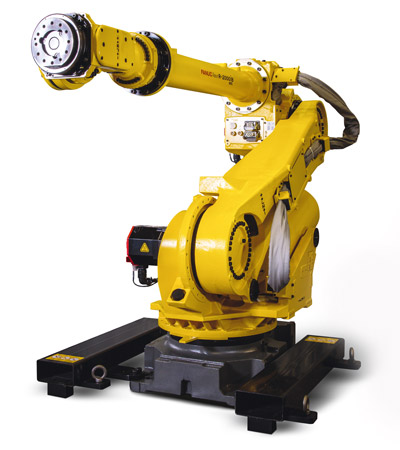
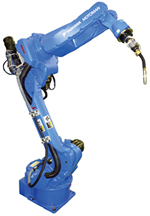
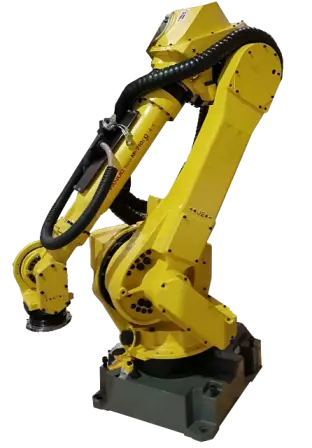
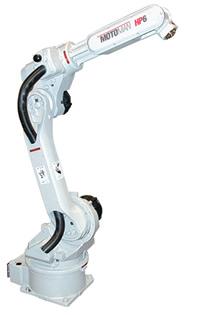
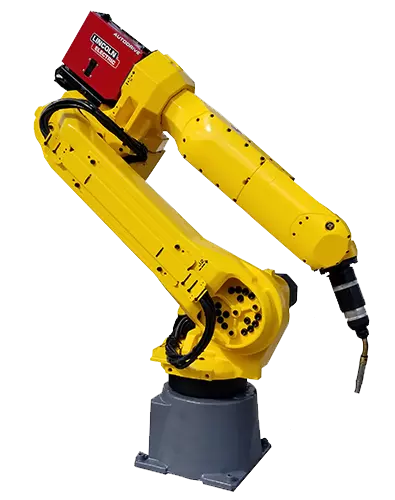
A robotic controller is one of the main components of an industrial robot. The robot controller is a computer system that connects to the robot in order to control the movements of the industrial robot arm. In addition to the robot arm, the controller is also responsible for the end-effector and to prevent interference from occurring within the robots work area. All industrial robots are paired with a controller in order to be able to operate. The FANUC Lr Mate 200id is paired with the R-30ib controller, while the FANUC LR Mate 200ic is paired with the R30ia controller.
The robotic controller is often referred to as the “brains” of a robot. This is because it interrupts coding that serves as the program for a given robotic application. The controller deciphers the code into instructions for the articulated robot to use in order to operate and carry out the steps of the application. Robotic programs are coded into the controller through the controller’s teach pendant.
The teach pendant is a key component of the control system as is serves as the main programming method for the robot. This handheld device consists of buttons, switches, or a touchscreen to allow for the input of programming commands. These commands are inputted through the pendant’s keyboard by a robot operator. Once the program has been entered into the teach pendant, the controller sends the coded instructions to the robot’s CPU. The CPU is a small chip and is the central processing unit of the robot. The CPU receives the programming code, processes the code, and then instructs the robot how to operate according to the application program. Using a controller and teach pendant is the preferred programming method for the majority of robotic users.
Top Controller Models
FANUC robot controllers have evolved over the years to be more intelligent, advanced, and user-friendly than their predecessors. One of FANUC’s earliest controllers was their R-J3 model. The R-J3 can be paired with older FANUC robots, such as the S-430ir and can still be found on the used robot market. After the R-J3, FANUC developed the R-J3iB and the R-30iA controllers. FANUC’s R-30iB and R-30iB Plus controllers are paired with their newer robot models.The Motoman XRC is one of Yaskawa’s more notable controllers with its ability to control up to four six axis robots. While it is one of their older generation controllers, many used robots that are compatible with it are still in operation today, making the XRC popular on the second-hand market. Successors to the XRC include the NX100, DX100, and DX200 controller models. The DX200 can control up to 8 robots and can be paired with the Yaskawa MA2010. New Yaskawa Motoman robots are usually paired with their FS100 or YRC1000 controllers.
Other top robotic controllers include models from ABB and KUKA. Newer ABB robots are compatible with the IRC5 or IRC5C models. The IRC5 is their fifth-generation control system. Older ABB robots are compatible with their S4, S4C, S4C Plus, or older IRC generation controllers. KUKA’s most well-known controllers are their KRC2 and KRC4 controls. The KRC2 is compatible with the KR6 and the KR16, among many others of their older robots. The KRC4 is compatible with KUKA’s newer robot models.